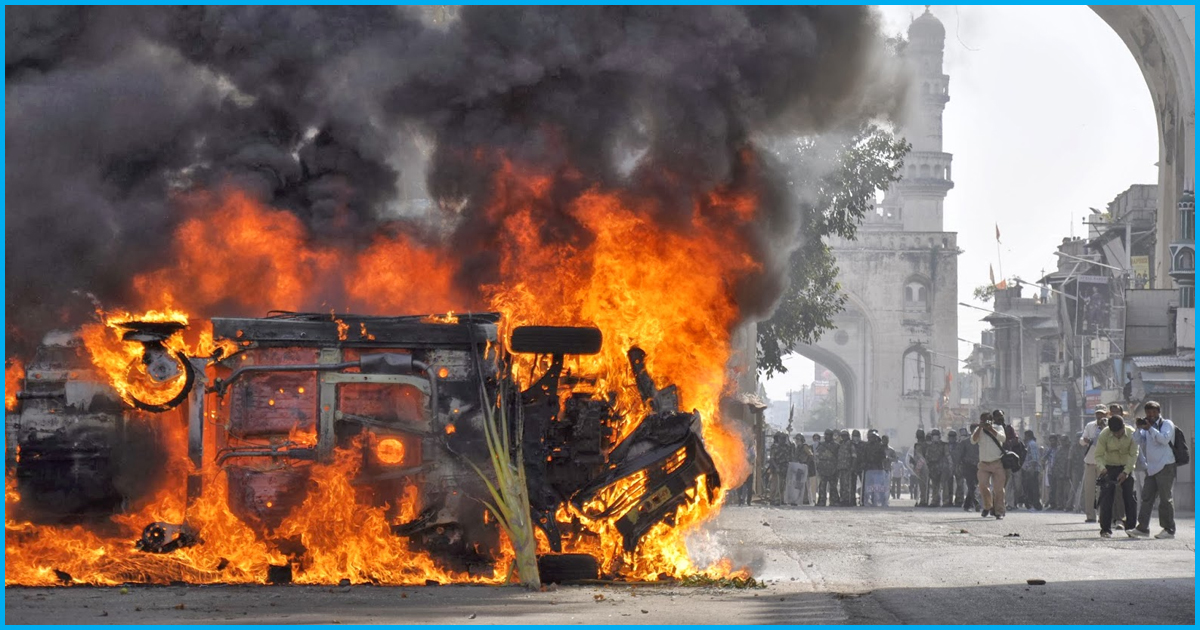
Violence Cost India More Than 80 Lakh Crores In PPP Terms In 2017, Claims Report
The Indian economy suffered the loss of $1.19 trillion (over Rs 80 lakh crore) last year in constant purchasing power parity (PPP) terms due to violence in the year 2017, which amounts to roughly $595.4 per person, according to a report.
In the Global Peace Index report for 2018, prepared by the Institute for Economics and Peace, the economic impact of violence on the global economy was $14.76 trillion in 2017, in constant PPP terms, based on an analysis of 163 countries and territories. This is equivalent to 12.4 percent of world’s Gross Domestic Product (GDP), or $1,988 per person.
Syria topped the list of most affected countries in terms of economic cost of violence with the percentage of GDP at 68 percent, followed by Afghanistan (63 percent), Iraq (51 percent) in the second and third positions, respectively. However, Switzerland stands last in the list in terms of cost of violence.
The single largest component of the economic impact of violence was global military expenditure at $5.5 trillion in PPP terms or over 37 percent of the total economic impact of violence in 2017. Internal security spending was the second largest component, comprising over 27.4 percent of the global economic impact of violence at $3.8 trillion. Internal security expenditure includes spending on the police and judicial systems as well as the indirect costs associated with incarceration. Homicide, at 17 percent, is the third largest component of the model.
According to IEP, India ranks 136th among the 163 countries in terms of overall peace and 59th, in terms of the economic cost as percentage of GDP. It recorded a slightly improved overall score due to the government’s efforts to tackle violent crime, and falling levels of military expenditure, particularly on weapons imports, resulting in a slight improvement in its Militarization score.
“However, the concentration of power in the office of Prime Minister Narendra Modi led to a deterioration in India’s score for political instability, and the country’s scores on the Political Terror Scale and internal conflicts fought, at 4 and 4.7 respectively, remain elevated,” claims the report.
In South Asia, the report said that factors like refugees, internally displaced person and terrorism were relatively neutralized by a decline in external conflicts.
The report finds that peacefulness has a considerable impact on macroeconomic performance. In the last 70 years, per capita growth has been three times higher in highly peaceful countries as compared to countries with low levels of peace. The difference is even stronger when we see that per capita GDP growth has been seven times higher over the last decade in countries that improved in peacefulness versus those that deteriorated. Interest rates are lower and more stable in highly peaceful countries, as is the rate of inflation.
 All section
All section













